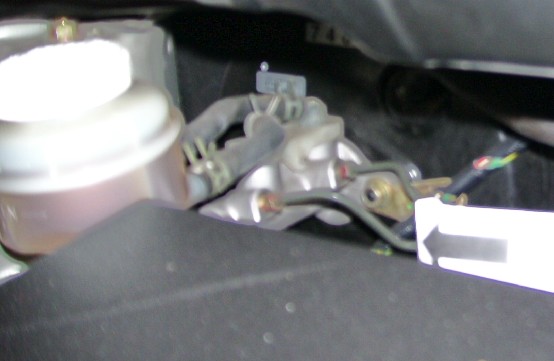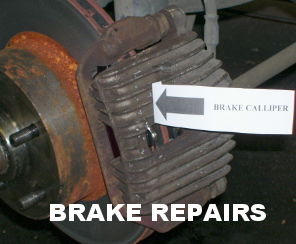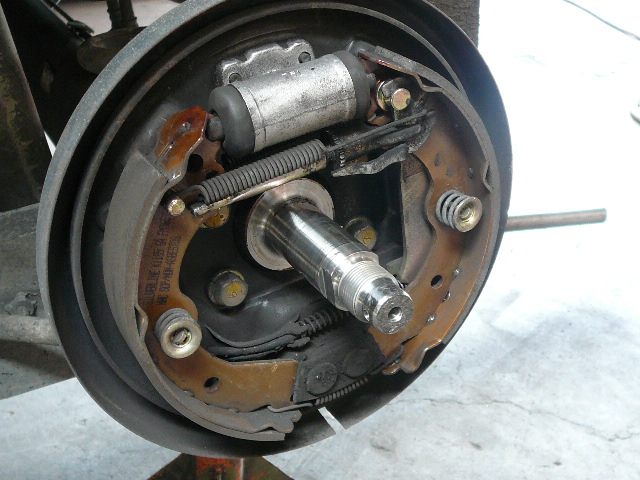 |
|
GEDDES AUTOMOTIVE BRAKE MASTER & CALLIPER REPAIRS / REPLACEMENT
SPONGY BRAKE PEDALIf you have a spongy brake pedal check the brake fluid reservoir to see if the oil level has sunk. If the level has dropped then the oil must be going somewhere — look for oil leaks usually behind the wheels, under the brake caliper, under the brake drum, on the inner side of the tyre, under the carpet behind the brake pedal. If a brake seal is worn out oil can leak out and air can be sucked in. Some vehicles have a proportion valve. This proportions the brake line pressure so there is equal pressure on the LH side & RH side of the vehicle. If a brake oil seal is failing this can cause brake problems such as a spongy brake pedal. ABS HYDRAULIC BRAKE SYSTEMSABS hydraulic brakes is also discussed on page "ABS BRAKE LIGHT STAYS ON RESET". The ABS control unit is a series of electronically operated valves. These valves should open & close when commanded by the ABS computer. It is very important that the brake fluid is flushed every 3 years at least. The brake fluid oil is deliquescent (means it absorbs moisture from the air). The moisture boils at a lower temperature than brake oil and can cause brake fade. Moisture gets into the ABS valves and brake master & slave cylinder pistons (car brake cylinder pistons)and causes those to corrode and eventually seize. This reduces brake efficiency and also is a cause of unbalanced UNBALANCED BRAKES AUCKLAND brakes. This can cause your ABS light to come on and to fail your WOF. BRAKE SYSTEM BLEEDING & BRAKE FLUSHINGOn non ABS brake systems, brake bleeding is easier than on ABS brake system. If there is air already in the brake system then it is more difficult to force the air out compared to a straight brake flush. If the van truck or car brakes have ABS then sometimes we need to command the control valves to open to allow the brake fluid and air (if air is in the system) to pass through and be expelled through the brake bleed nipple on the brake caliper or wheel cylinder. We have 2 types of brake bleeding equipment; vacuum and pressure bleeding. COST TO FLUSH BRAKESStraight forward flush from $69.00 + GSTDepending on the type, make, model & year of your vehicle, depends on what parts are required. Once we have diagnosed the brake problem we can advise the options and costs for your ABS & hydraulic brake repair fix. |
||||||||||||||||||||||||||||||||||||||||||||||
|
© Copyright Geddes Automotive Limited Brake Repairs Car Van Truck Auckland |



